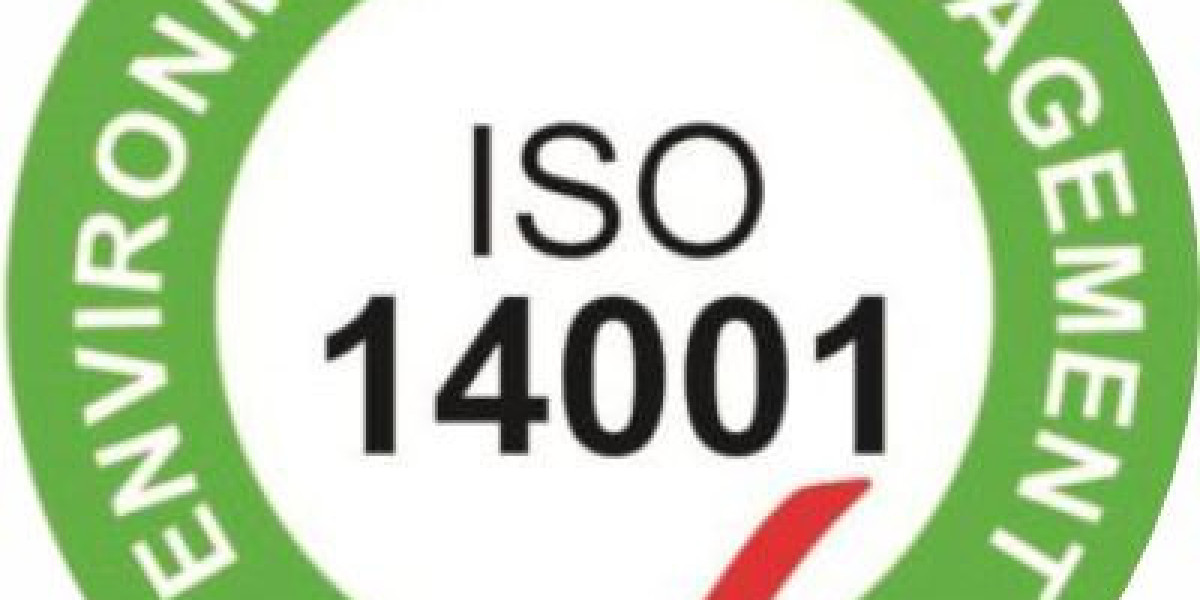Table of Contents
Introduction
What is ISO 14001 Environmental Management?
Why ISO 14001 Matters Today
Key Elements of an EMS (Environmental Management System)
Benefits of ISO 14001 Certification
The ISO 14001 Audit Process Explained
ISO 14001 vs. Other Popular Standards
Implementation Tips for ISO 14001 Success
Real-World Impact: ISO 14001 in Action
Final Thoughts
FAQs
Introduction
Going green is no longer optional—it's a survival strategy. Whether you’re a manufacturing powerhouse, a tech startup, or a logistics firm, how you manage your environmental footprint speaks volumes. That's where ISO 14001 Environmental Management comes in—a powerful tool to drive sustainability, cut operational costs, and build a brand people trust.
Let’s peel back the layers of ISO 14001 and see how it transforms not only how businesses operate but how they’re perceived by customers, investors, and regulators.
What is ISO 14001 Environmental Management?
ISO 14001 is the internationally recognized standard for Environmental Management Systems (EMS). It provides a structured approach to managing environmental aspects, ensuring regulatory compliance, reducing waste, and continually improving environmental performance.
Unlike vague green pledges, ISO 14001 gives you a blueprint. It helps you track impact, set goals, implement controls, and demonstrate responsibility—without the guesswork.
Why ISO 14001 Matters Today
With climate change topping global agendas and eco-conscious consumers making informed choices, environmental accountability isn’t just good ethics—it’s good business.
Companies leveraging ISO 14001 Environmental Management:
Improve compliance with environmental laws and reduce legal risks
Boost their reputation with customers and stakeholders
Enhance efficiency by identifying and cutting unnecessary resource use
Stay competitive in international markets
Sustainability isn't a trend—it’s the new business currency.
Key Elements of an EMS (Environmental Management System)
An effective EMS isn’t just a set of documents—it’s a living system embedded in your company’s DNA.
1. Environmental Policy
This defines your company’s stance on environmental performance. Think of it as your eco mission statement.
2. Planning
This step identifies environmental aspects and legal obligations. It includes:
Objectives and targets
Legal and compliance requirements
Risk assessments
3. Implementation & Operation
Time to walk the talk! You roll out programs, assign roles, and train your team.
4. Checking and Corrective Action
Monitor your progress, measure outcomes, and fix what’s not working.
5. Management Review
Top management steps in to evaluate the EMS and ensure alignment with overall strategy.
Benefits of ISO 14001 Certification
Let’s get real: going green isn’t just about hugging trees. There are solid business gains here:
1. Cost Reduction
Energy use, water consumption, and waste all come with price tags. ISO 14001 helps you reduce them.
2. Compliance Assurance
No more legal nightmares. You’re always audit-ready with clear documentation and processes.
3. Better Risk Management
Integrate with Risk Management ISO 27001 to identify and tackle threats—environmental or otherwise.
4. Stronger Brand Image
Modern consumers care about eco-responsibility. Your ISO badge shows you walk the talk.
5. Market Advantage
Government contracts and B2B clients often favor ISO-certified vendors. It’s your competitive edge.
The ISO 14001 Audit Process Explained
Certification isn’t a mystery—here’s how the ISO 14001 audit works:
Gap Analysis – An internal review to check where you stand.
Implementation – You address gaps, set objectives, and put systems in place.
Internal Audit – Your team tests the system.
Stage 1 Audit – An external auditor checks your documentation.
Stage 2 Audit – The auditor checks your actual implementation.
Certification – Congrats! You're certified.
Surveillance Audits – Periodic checks to maintain your certification.
ISO 14001 vs. Other Popular Standards
How does ISO 14001 stack up against other standards in your compliance ecosystem?
| Standard | Focus Area | Key Benefit |
|---|---|---|
| ISO 9001 | Quality Management | Improves product/service quality |
| ISO 45001 | Occupational Health & Safety | Reduces workplace risks |
| ISO 27001 | Information Security | Protects digital data & ensures cyber resilience |
| ISO 22000 | Food Safety Management | Ensures food quality & hygiene |
| ISO 22301 | Business Continuity | Prepares for disruptions & disasters |
| ISO 13485 | Medical Device Quality | Ensures medical device safety & performance |
| ISO 14001 | Environmental Management | Drives eco-efficiency & legal compliance |
| ISO 50001 | Energy Management | Optimizes energy use & cuts carbon emissions |
Implementation Tips for ISO 14001 Success
Getting certified is a journey. Here’s how to get there efficiently:
1. Involve Top Management Early
Their buy-in is crucial for funding, support, and policy alignment.
2. Build Cross-Functional Teams
Bring in folks from ops, HR, facilities, and finance. Environmental impact touches all areas.
3. Use ISO 13485 Consultancy
If you're in a regulated industry like healthcare or biotech, expert consultancy can ease integration.
4. Track Energy with ISO 50001 Audit Tools
Energy and environment go hand-in-hand—synergize both standards.
5. Align with Other Standards
Already ISO 9001 or ISO 45001 certified? Leverage existing frameworks to streamline implementation.
Real-World Impact: ISO 14001 in Action
A global textile manufacturer reduced water usage by 40% post-certification.
A logistics company avoided $1M in environmental fines after implementing compliance tracking.
A tech firm enhanced investor trust by publishing its ISO 14001 achievements in its ESG reports.
Bottom line? This standard delivers tangible value across industries.
Final Thoughts
ISO 14001 Environmental Management is more than a certification—it's a commitment to responsible growth. In a world where sustainability influences purchasing decisions and investor confidence, this standard gives you the tools to lead with purpose and profit.
So, ready to go green the smart way? Let ISO 14001 be your compass.
FAQs
1. What’s the difference between ISO 14001 and ISO 9001 compliance?
ISO 9001 focuses on quality management, while ISO 14001 targets environmental performance. Both enhance business operations but address different goals.
2. How long does an ISO 14001 audit take?
It varies, but most audits take a few days depending on company size and system complexity.
3. Can ISO 14001 integrate with ISO 45001 compliance audit?
Yes, they complement each other well—one covers environmental safety, the other occupational health.
4. Do I need to hire a consultant for ISO 14001?
Not mandatory, but hiring experts—like those in ISO 13485 consultancy—can speed up the process and ensure compliance.
5. What industries benefit most from ISO 14001?
Manufacturing, energy, logistics, tech, healthcare—any industry with environmental impact can benefit significantly.
Sponsored article: Online Lifeguard Certification: Is It Worth It? Exploring the Benefits with American Lifeguard USA








